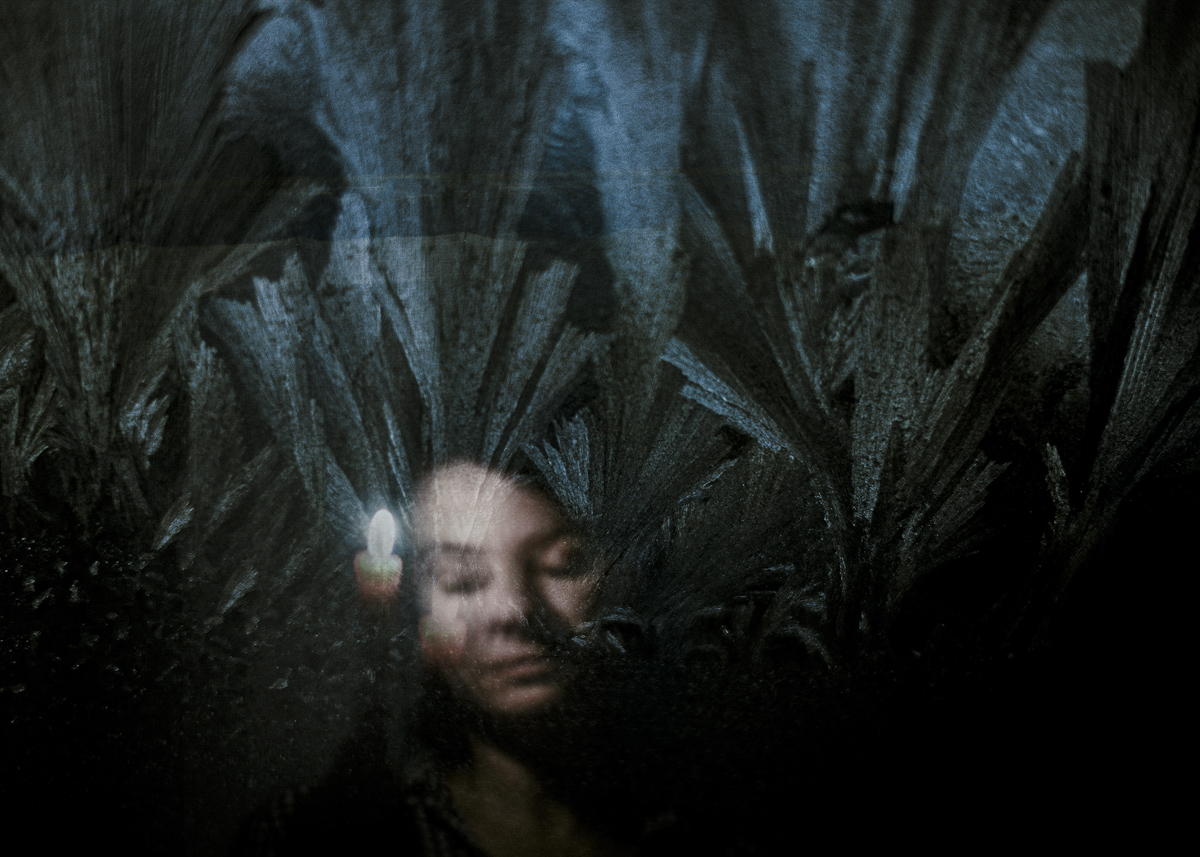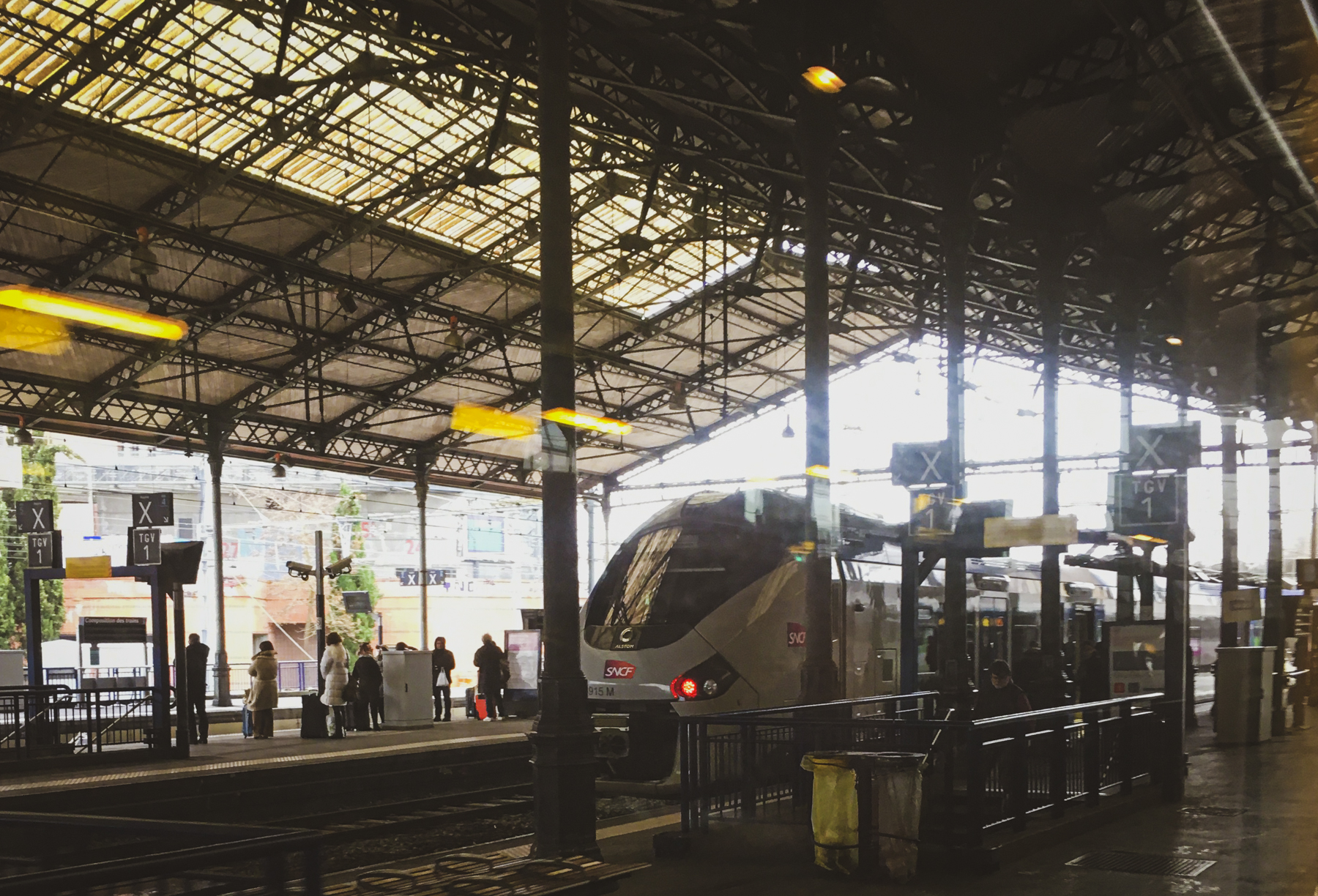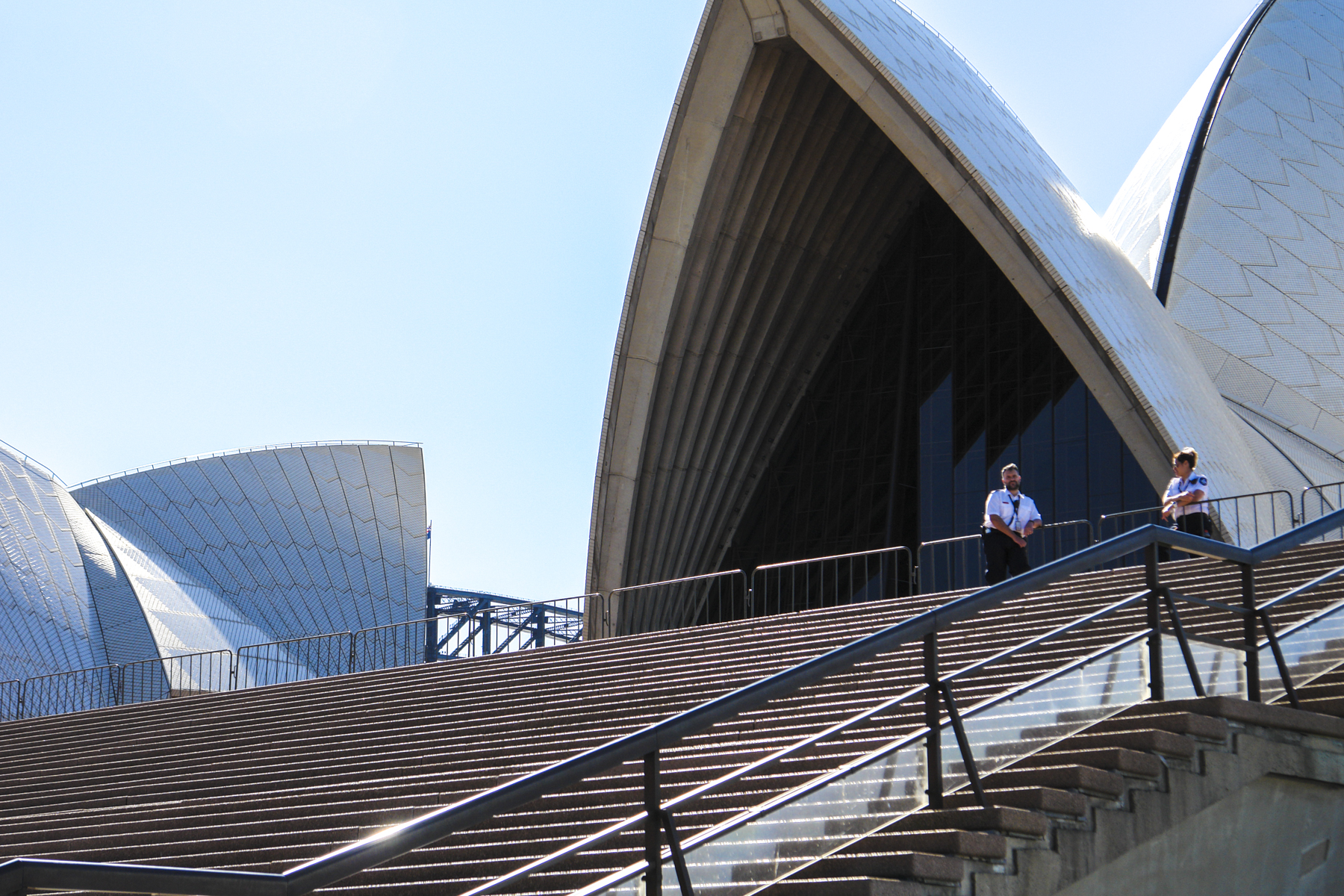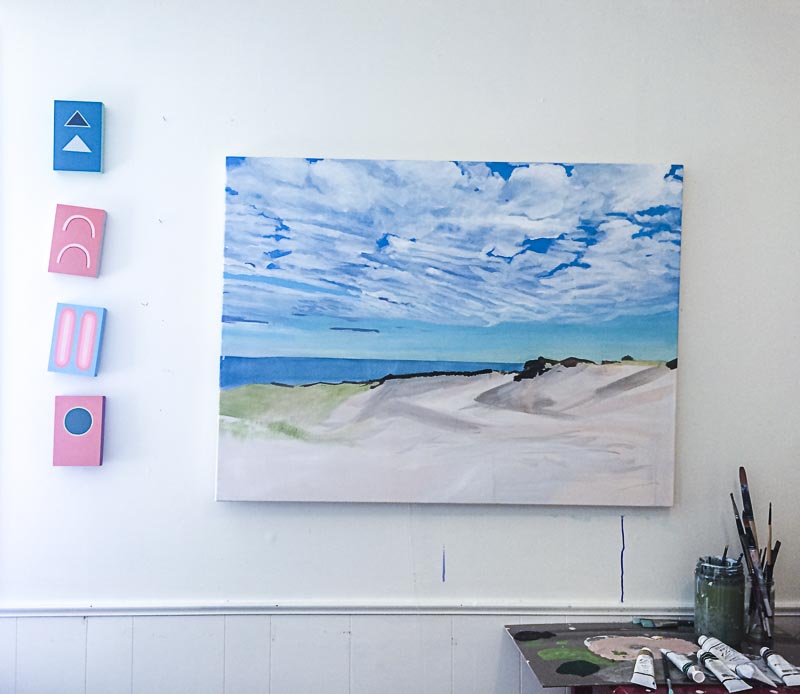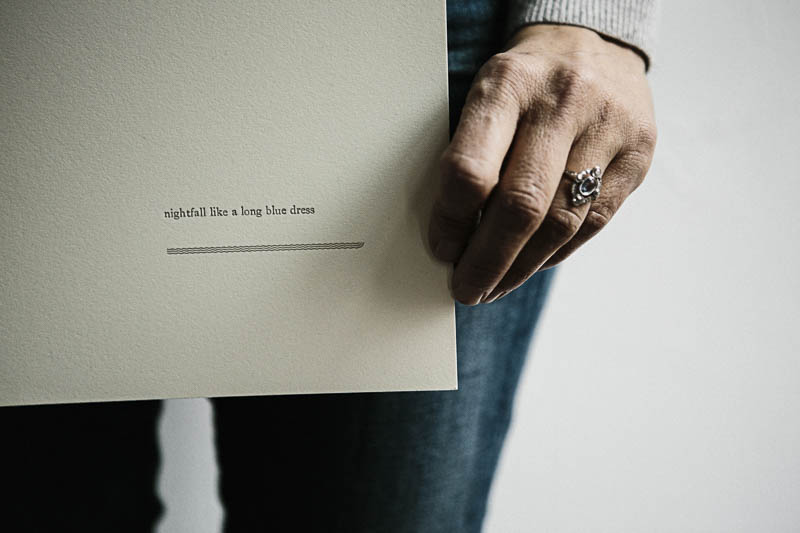
The Lion and Me
FICTION BY JANE POTTHAST
This short fictional work was originally written for a course on ekphrasis. Ekphrasis is a Greek term for a literary description of a work of art. Whether in poetry, fiction, or criticism, vividly describing a particular painting or statue can serve as poignant subject matter for a writer or as a device to emphasize the writer’s own themes. In the following text, I utilize a historical, fictive voice to meditate on Yale Gallery’s Lion Relief from the Processional Way (562 B.C.). I imagine the relief from the perspective of someone who might have been present at the Babylonian Ishtar Gate, a wonder of the ancient world originally lined with fierce, gold lions.

